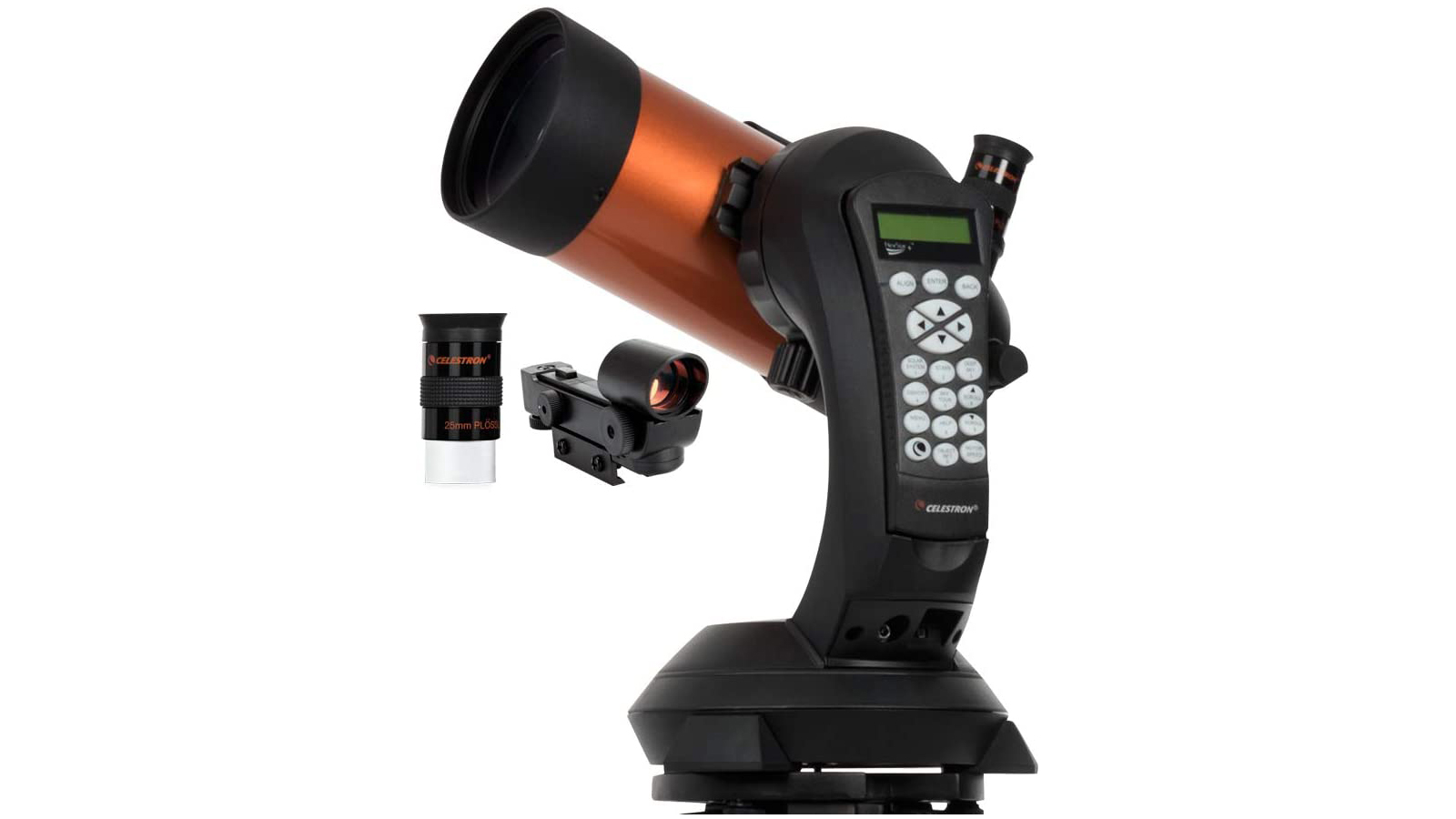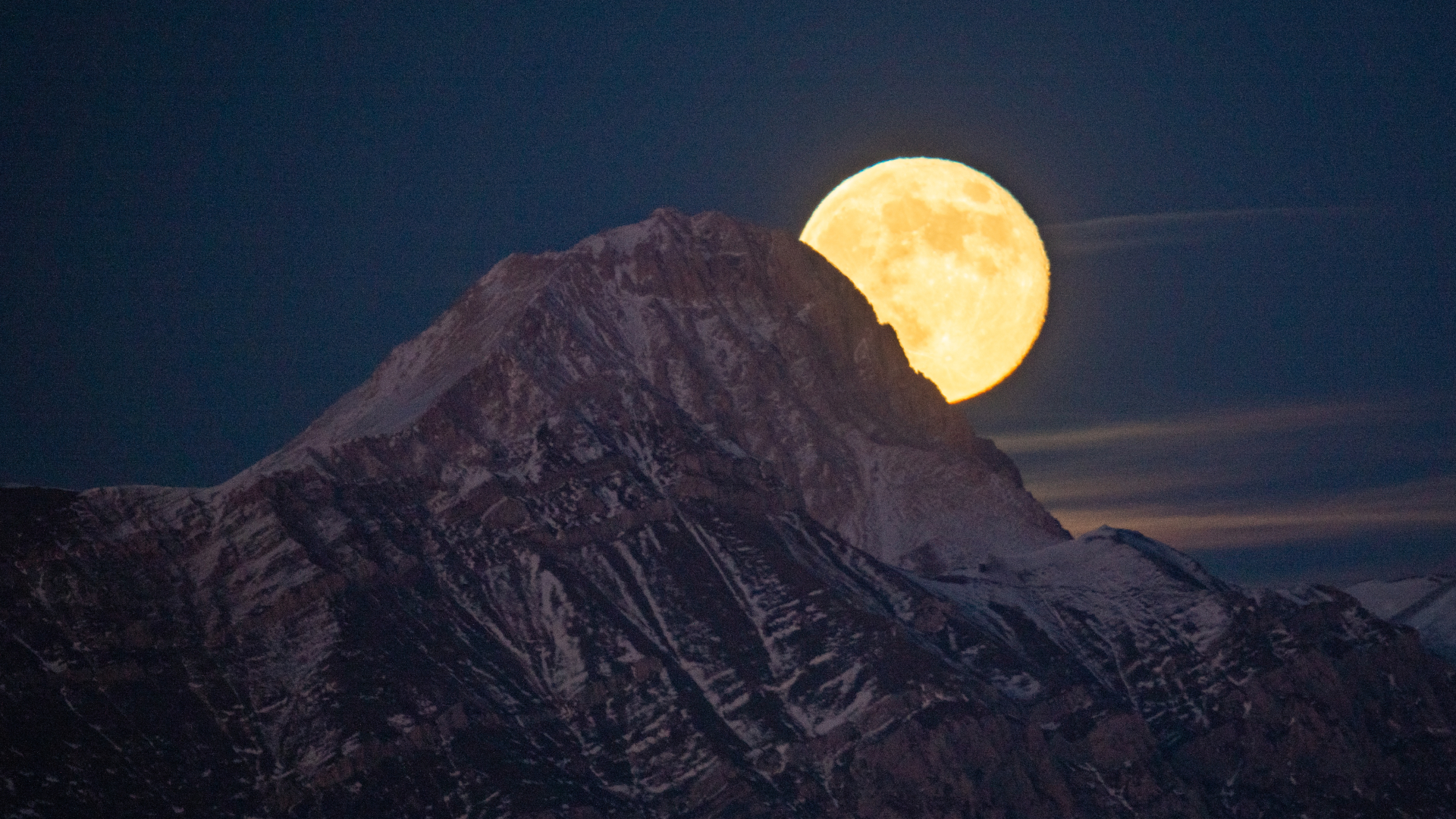The November full moon is upon us, heralding a spectacular natural light show as the largest supermoon of 2025 takes to the sky near the peak of the Southern Taurid meteor shower, which is known for producing dramatic fireball shooting stars.
November's full moon is also known as the "Beaver Moon" in North America, in reference to the time of year when beavers become more active as they prepare for winter. It is also known as the Frost Moon, according to the Farmer's Almanac.
The moon will reach its full moon phase at 8:19 a.m. EST (1319 GMT) on Nov. 5, just hours before it reaches the closest point to our planet in its 27-day elliptical orbit — an event known to astronomers as "perigee". As such, November's moon will be the biggest and brightest "supermoon" of the year.
Whilst it isn't an official astronomy term, supermoons are considered to occur when a full moon occurs within 90 percent of perigee and can appear up to 14% larger and 30% brighter than a full moon that occurs around apogee — when the natural satellite is at its farthest from Earth in its orbital cycle.
What to expect
Look to the eastern horizon at sunset on Nov. 5 to see the fully-lit lunar disk shine brightly in the evening sky close to the stars of the constellation Aries. The moon will appear larger while close to the horizon and may adopt a yellow-orange hue, as the particles in Earth's atmosphere scatter the bluer wavelengths of its reflected light.
You can also watch November's full supermoon rise from the comfort of your home thanks to a free livestream courtesy of the Virtual Telescope Project starting at 2 p.m. EST (1900 GMT) on Nov. 5, so there's no need to worry if clouds conspire to ruin your view on the day!
Celestron NexStar 4SE

Want to see the full Beaver Moon up close? The Celestron NexStar 4SE is ideal for beginners wanting quality, reliable views of the night sky and automatically locates targets while providing crisp, clear views. For a more in-depth look at our Celestron NexStar 4SE review.
The dark expanses of the lunar seas make for a spectacular target to explore around the full moon phase, as moonlight floods the Autumn sky, making it challenging to observe fainter deep sky objects such as galaxies and nebulas.
Saturn will be visible shining as a bright evening star to the right of the moon towards the south at sunset, while Jupiter will rise to the lower left of the moon in the east a few hours later, shining below the bright stars Castor and Pollux in the constellation Gemini.
The November full moon occurs one night after the peak of the Southern Taurid meteor shower, which is known for producing dramatic "fireball" shooting stars. Meteors associated with the shower will appear to originate from the constellation Taurus, which can be found to the lower left of the lunar disk on Nov. 5.
Photographers interested in capturing the full moon should read our guide to imaging Earth's natural satellite, while those looking to upgrade their gear should check out our roundups of the best cameras and lenses for astrophotography.
Editor's Note: If you would like to share your lunar astrophotography with Space.com's readers, then please send your photo(s), comments, and your name and location to [email protected].

.jpg) 2 hours ago
1
2 hours ago
1


 English (US)
English (US)